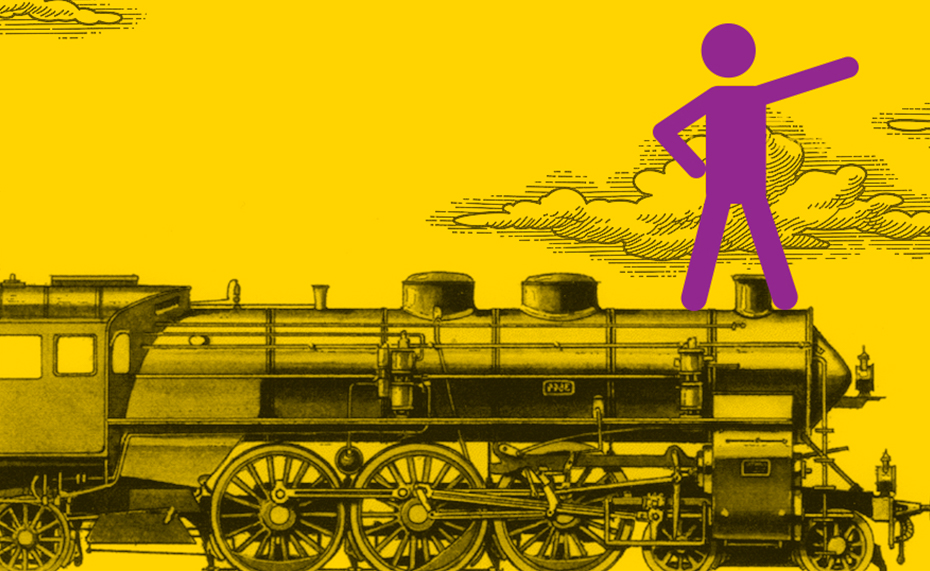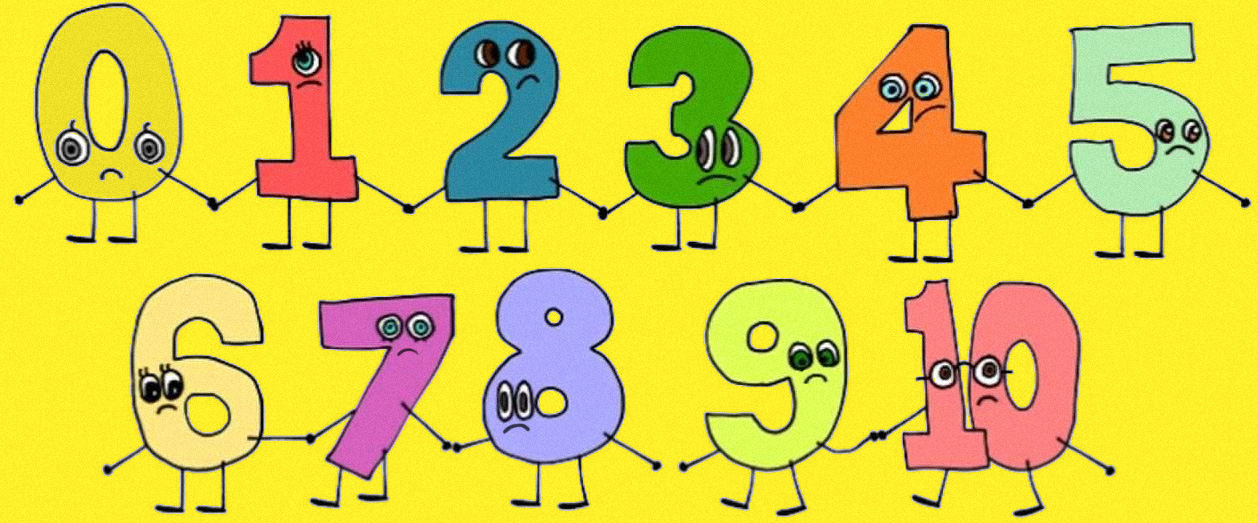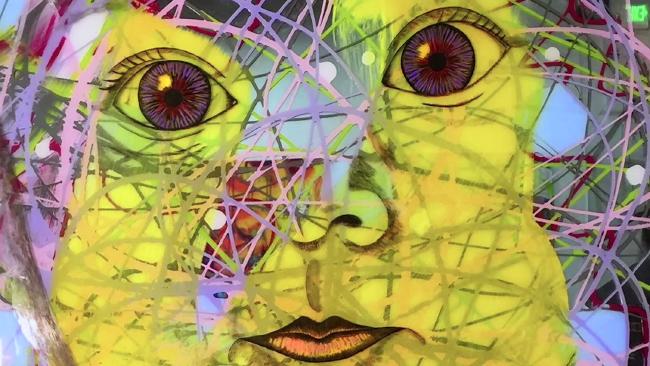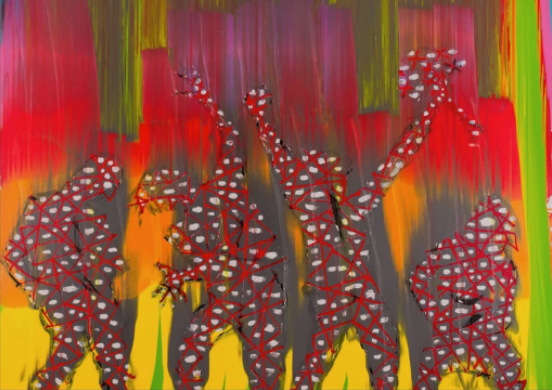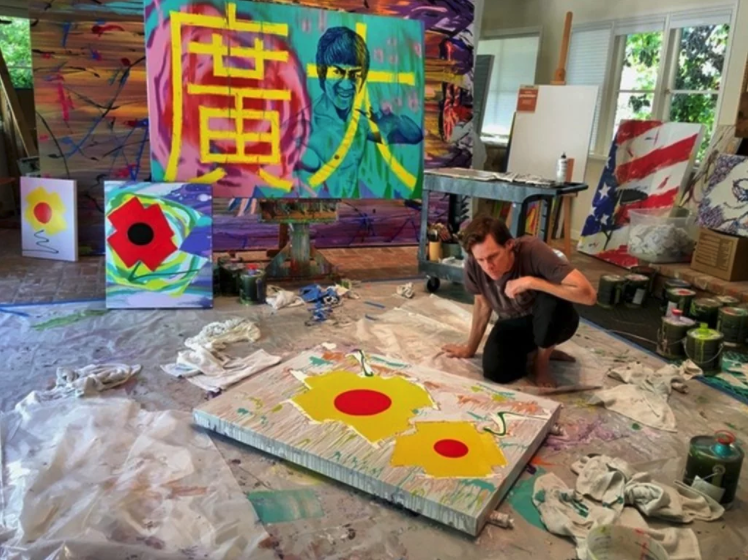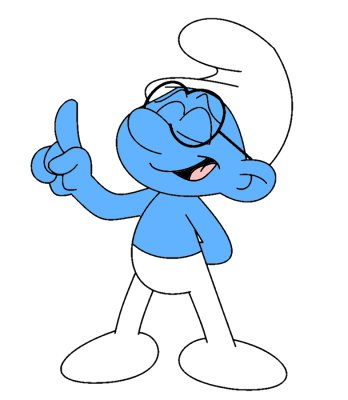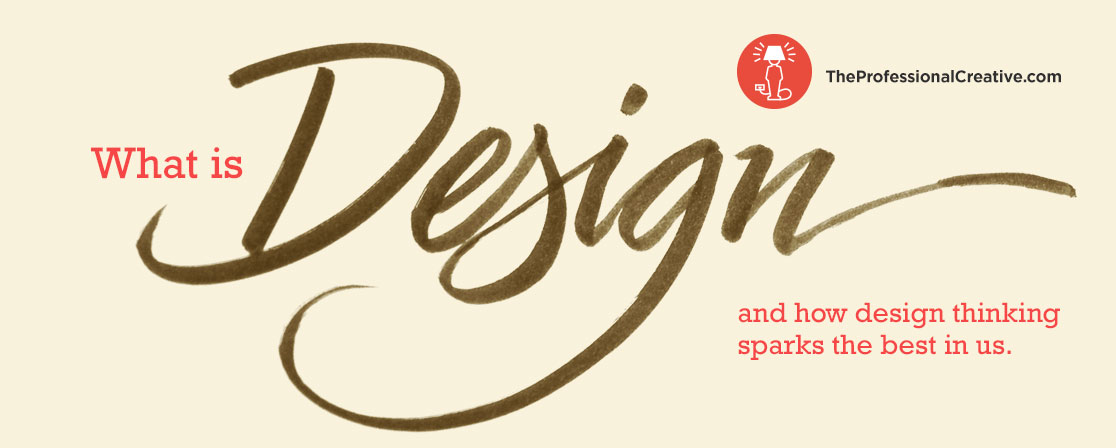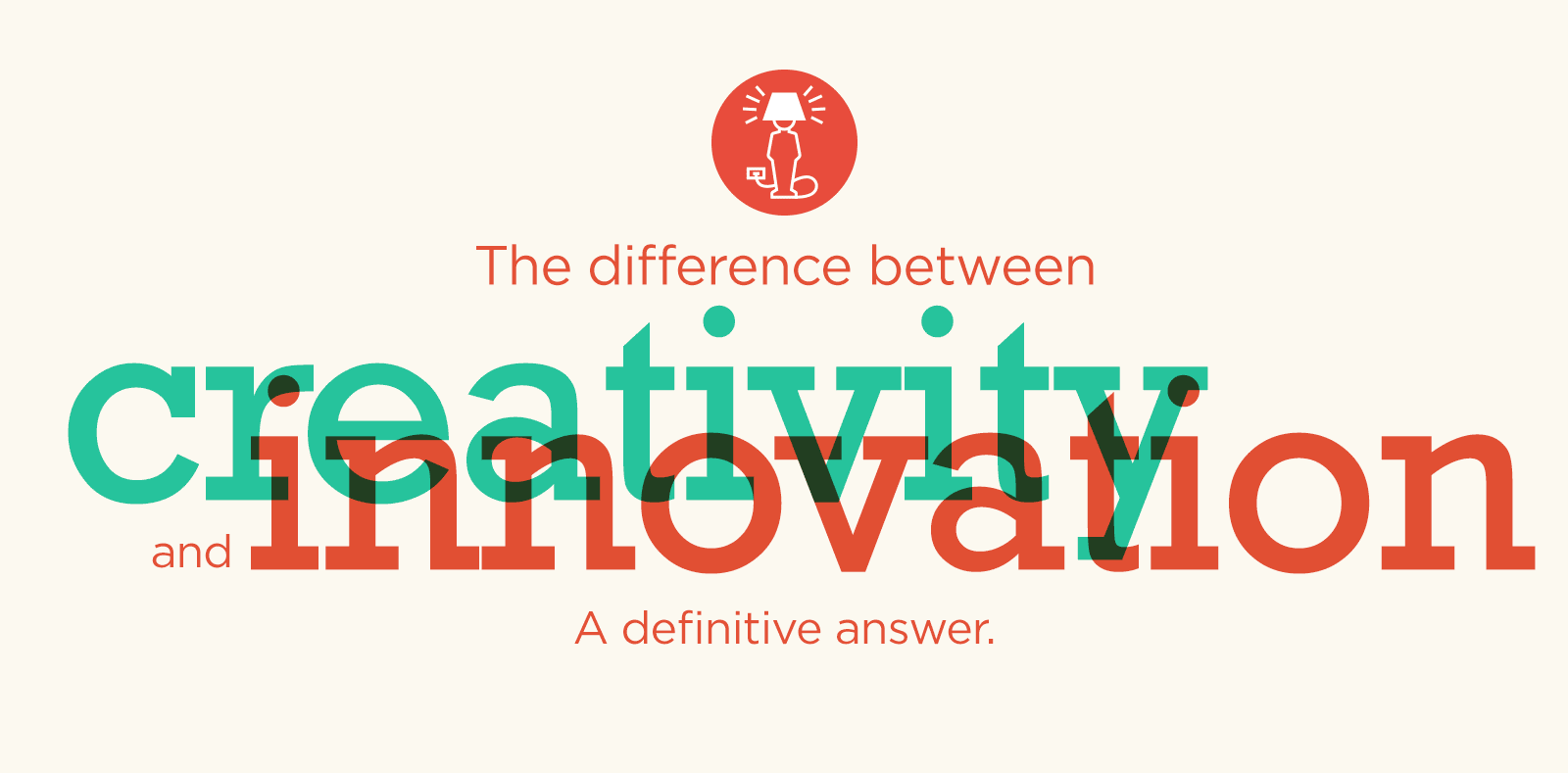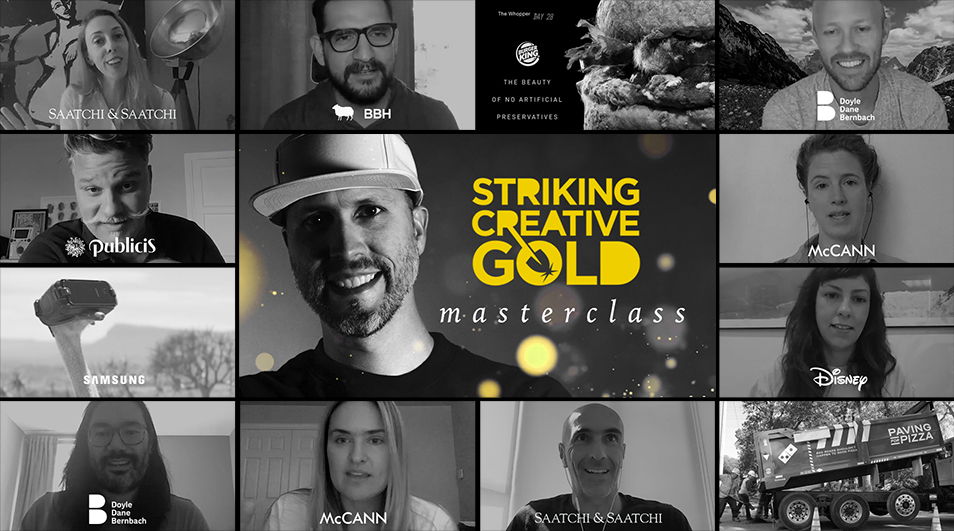Whole advertising campaigns have been killed by a single question. And it's happened to me.
We were so sure we'd sell that concept. We could already see ourselves shooting the commercial in the Caribbean, laughing out loud over piña coladas paid-for by the client. We made a kick-ass presentation deck. We rehearsed the presentation. We made sure the visuals were tip-top, and in line with the target audience. You know the drill: edgy enough to be impactful, but safe enough to get the client's approval. This was gold!
We presented the campaign to the CCO. And he always asks this one tiny, tough question. After we finished presenting, he said this:
"This is beautiful. I see you guys put a lot of effort into it, and it shows. I really like the idea. Thank you for that... but, WHY?"
A little awkward silence follows.
He meant "Why is this the right idea to solve the problem? Why did we choose to use a walking-talking piñata to sell the product?"
We hesitated. When we answered, the answer wasn't clear. And we knew that meant the idea wasn't right and there was only one place our campaign was going. "Where's the recycle bin?" was my question. We had to start over.
How could we have missed something so basic? So simple? Often times, when we get into the weeds of the creative process we can lose sight of the big picture. Suddenly that joke about candy falling off a living piñata didn't make a lot of sense anymore, even though we were sure it was killer.
Let's explore how questions can save campaigns rather than kill them.
Questions make your mind go places
Questions are a big part of the creative process. They both set you in the right direction and give you freedom to explore multiple possibilities. Asking the RIGHT question is often the difference between success and failure in professional creativity.

It's the question, Neo. It's the question that drives us. It's the question that brought you here. You know the question, just as I did. – Trinity
Questions that set you in the right direction
Framing your problem in a way that fosters creativity is a VERY important step in the road to originality and innovation. And the best way to do it is with a question.
"A problem well framed is a problem half solved"
- Charles F. Kettering, Chemist
IDEO, the legendary company that pretty much created the "design thinking" process, puts great importance in framing the problem in ways that allow creativity to flourish. Problems are always posed in a question that begins with "How might we..." For instance, "How might we help people achieve their personal goals?" or "How might we make an ice cream parlor the perfect first date venue?"
This quick PDF from Stanford d.school (created by David Kelley, one of the founders of IDEO) will give you an idea on how to create actionable questions.
Questions that help you keep going when you start to lose momentum
Starting with a "how might we" question should get you churning out ideas. For better performance, apply brainstorming rules. You will eventually slow down, though. The more ideas, the better – so what can we do to keep us going? This great article from Fast Company gives a great solutions. They all involve asking questions. Here are a couple of techniques it mentions:
Change the point of view
Ask yourself "how would a child approach this problem?". What about a senior? Or an expert? Or a poor person? A rich one? A farmer? A sailor? Each different perspective will force your brain to switch gears and uncover new insights and ideas.
A similar technique to this is called the Six Thinking Hats, created by Edward de Bono. It's about forcing a perspective change according to 6 different perspectives, represented by colored hats. A lot of people swear by it, but I find it too stiff to be used in the day-to-day of professional creativity. You can find out more about it here.
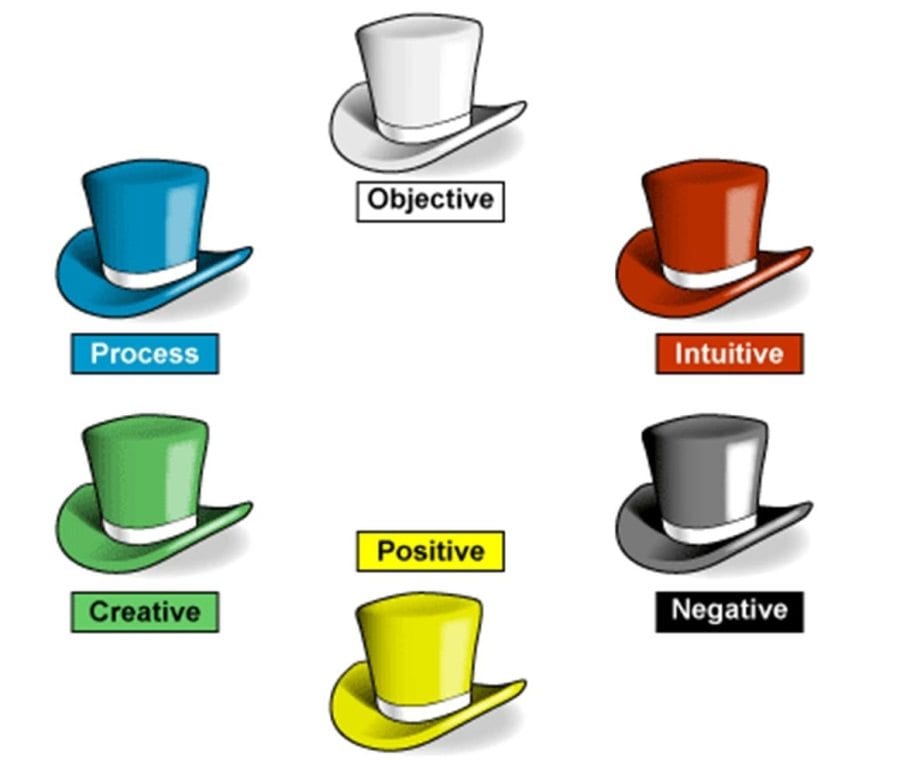
Why, why, why, why, why.
Asking why is a powerful little thing. It can make and break careers! The power of "why" lies in helping us break the perceived notions we have about how things are. It exposes the "hidden rules" we are subjecting ourselves to for no reason. Genius comes when we deliberately break those rules.
"We make the mistake of assuming that the way we do things is the one right way. For example, we believe that specific types of clothing are appropriate for different occasions, we have preconceived ideas about how to greet someone, and we have fixed ideas about what should be eaten at each meal of the day. However, a quick trip to China, Mexico, Pakistan, or Korea reveals completely different norms in all of these areas."
Another great way of to keep going is to keep asking "what else?". That keeps the train moving. Loosing traction again? Ask "how else?" – that should take you in a different tunnel in the same mine to unearth more ideas.
The boss question
Since 2009 and Simon Sinek's TED Talk on the "Golden Circle", this 3-letter question has picked up more and more attention. "Why?" is the most important question one can ask. Ask it enough and you'll get to the core of an idea. Fail to have an answer to it and be ready to start over.
The important thing is that you must remember to ask yourself the hard questions. Why? How? Why? Why? Why? – you don't want to be in a place where you find yourself in a meeting without answers for all the why's. Because if you can answer all the why's, you'll probably sell that idea. If you can't, you won't. Unless your CCO and the client want to go to the Caribbean, too.
Share your story in the comments. Have you ever been put on the spot by a well-placed question?

